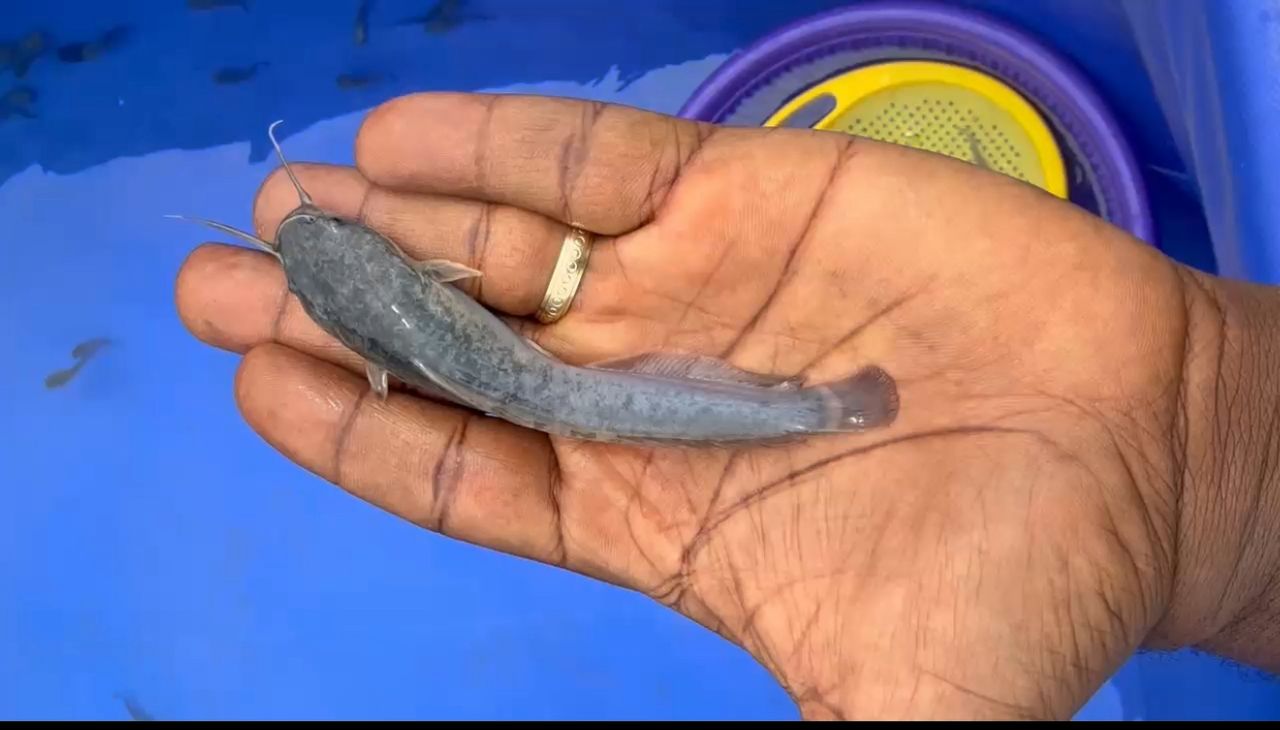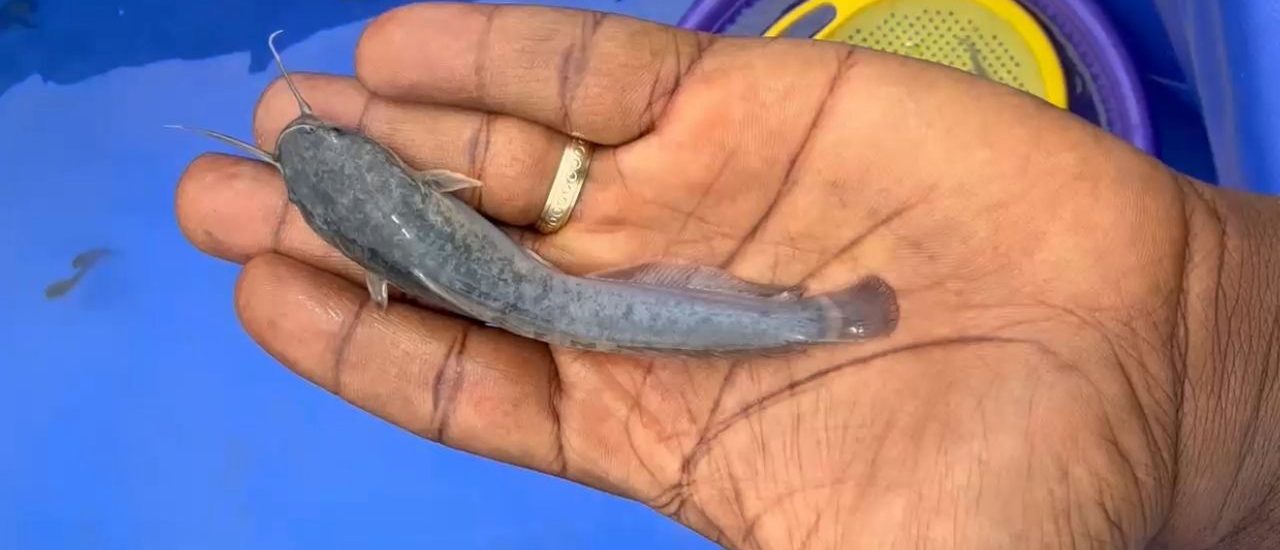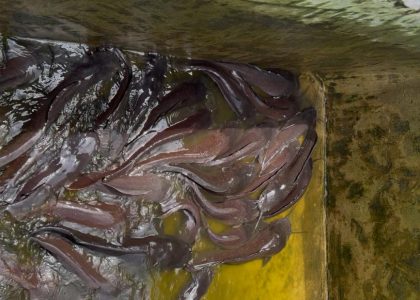
The survival of fingerlings and juveniles is one of the most critical factors that determine the success of a catfish farm. At this stage, fish are delicate and highly vulnerable to environmental stress, poor management, and disease.
High mortality rates not only reduce profits but also discourage farmers from expanding their operations. The good news is that with the right practices, farmers can significantly improve the survival and performance of their stock.
In this article, we’ll explore the most effective methods for increasing survival rates and ensuring a healthier, more profitable catfish farm.
Common Causes of Fingerling and Juvenile Mortality
The early stages of catfish farming are often the most challenging. Fingerlings and juveniles are delicate, and any mismanagement can quickly lead to losses. Common causes of mortality include:
- Poor water quality (low oxygen levels, high ammonia, sudden temperature changes)
- Overcrowding in tanks or ponds
- Inadequate or improper feeding practices
- Stress during handling or transportation
- Disease outbreaks due to unhygienic conditions
Understanding these causes is the first step toward prevention. Farmers who identify and manage these risks early enjoy higher survival rates and better productivity.
The Role of Water Quality in Fish Health
Water quality is the foundation of fish survival and growth. Fingerlings thrive best in water that is clean, well-oxygenated, and free from pollutants.
Key water quality practices include:
- Monitoring dissolved oxygen regularly, and providing aeration when necessary.
- Avoiding sudden temperature changes by properly acclimating fingerlings before stocking.
- Reducing ammonia buildup by controlling feeding and regularly changing water.
- Maintaining a balanced pH between 6.5 and 8 for optimal fish health.
A consistent water management plan prevents stress and disease, creating a safe environment for young fish to thrive.
Feeding Techniques That Support Strong Growth
Feeding is not just about quantity, it’s about quality and timing. Fingerlings require a diet rich in protein to support rapid growth.
Best feeding practices include:
- Using high-quality feed specifically designed for fingerlings.
- Feeding small amounts several times a day instead of overfeeding once or twice.
- Ensuring feed is appropriately sized for the age and size of the fish.
- Observing fish during feeding to confirm they are actively eating.
Proper feeding reduces waste, keeps water clean, and supports uniform growth across your stock.
Stress-Free Stocking and Handling Methods
Stress is one of the biggest contributors to mortality among fingerlings and juveniles. Every step in handling must be done with care.
Farmers can minimize stress by:
- Transporting fingerlings in well-oxygenated containers.
- Acclimating fish gradually to new water conditions before stocking.
- Avoiding overcrowding during transport and in ponds.
- Using gentle nets to reduce injury during transfer.
The less stress the fish experience, the stronger and healthier they remain.
Practical Tips to Improve Survival Rates
Beyond water quality, feeding, and handling, a few additional practices can make a big difference in survival rates:
- Quarantine new fingerlings before mixing with existing stock.
- Keep ponds and equipment clean to prevent disease.
- Monitor fish daily for unusual behavior or signs of stress.
- Seek expert advice when uncertain about treatment or management practices.
By applying these strategies consistently, farmers can dramatically improve the survival and performance of their catfish.
Looking for healthy fingerlings and expert guidance? Get in touch with us to boost your farm’s success.



